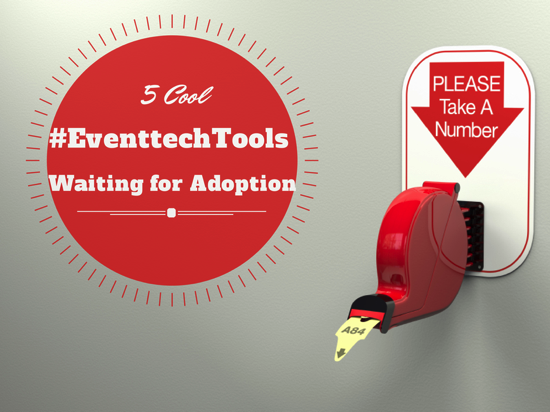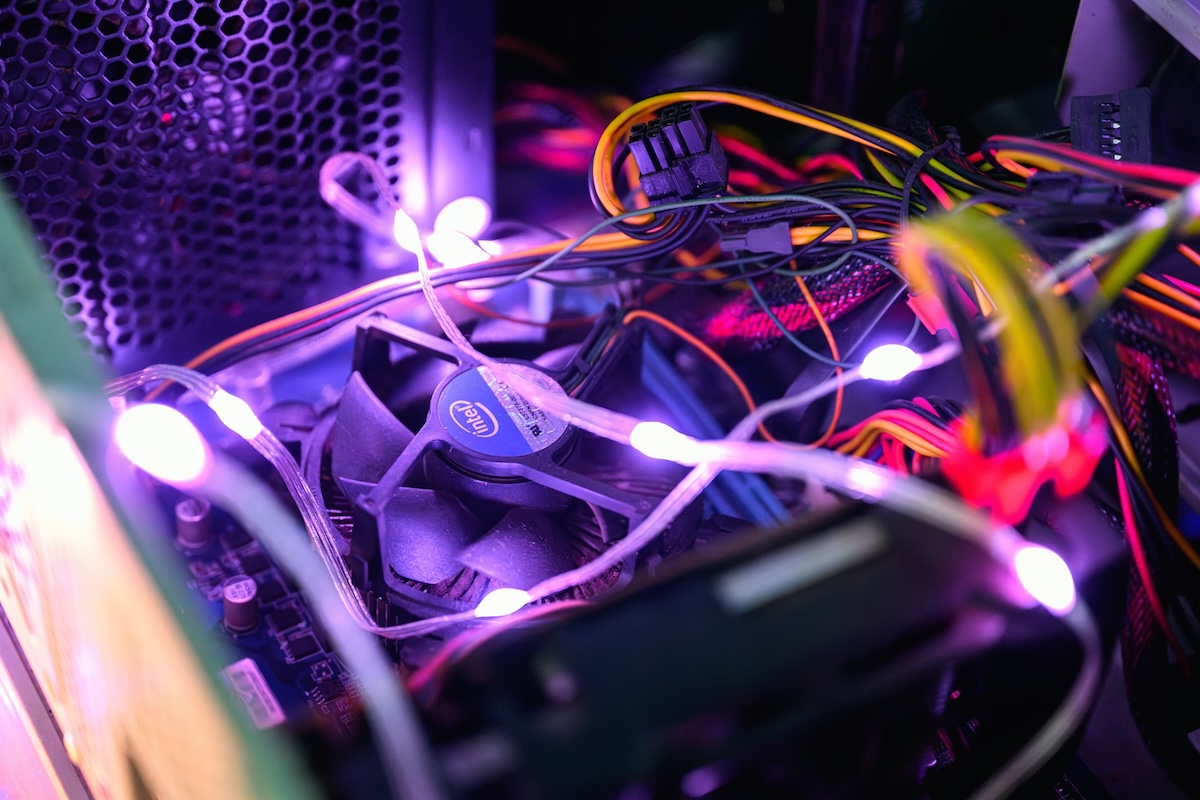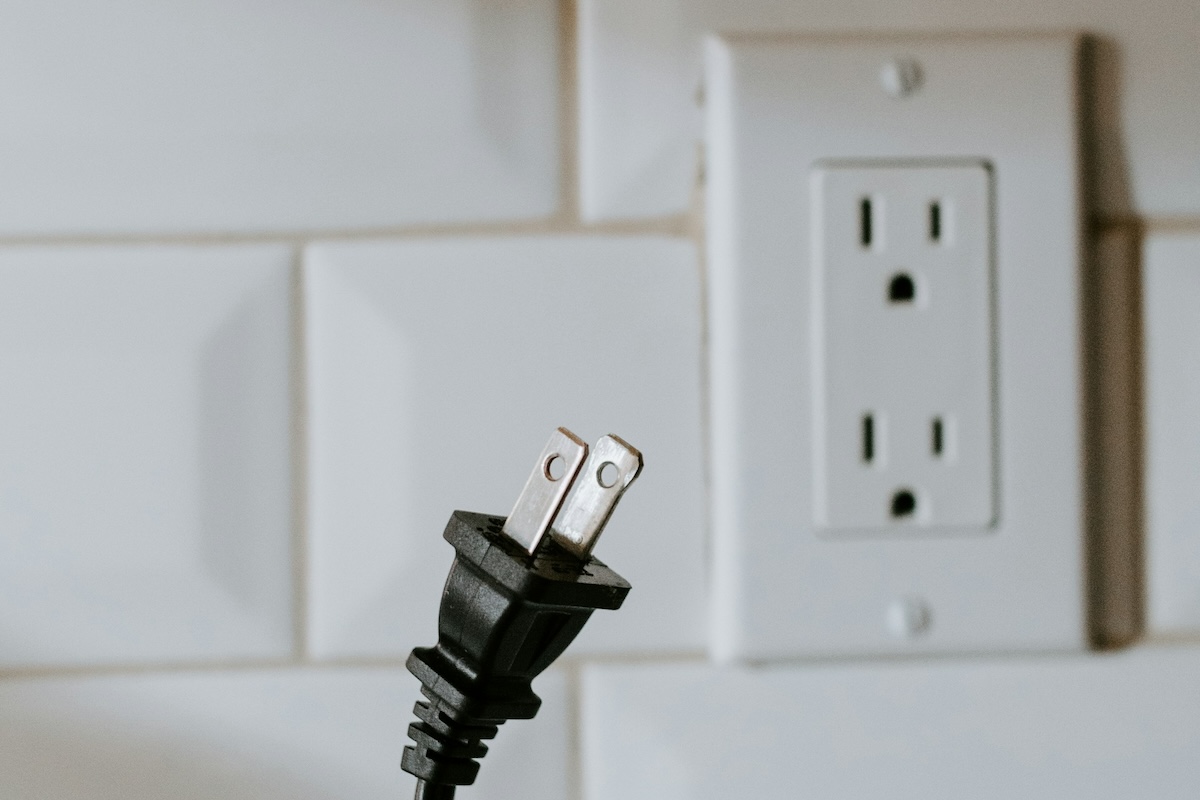Not all event technology was created equal. This post looks at revolutionary technology that is yet to make an impact in the event industry.

Do you recall that moment when you looked at a brand new, mind-blowing tool or software? Do you remember thinking how the event industry was going to change forever?
I’ve had that feeling several times. Yet not all shiny new tools or platforms are ultimately adopted by the industry. Sometimes they are quickly forgot by early adopters, influencers, bloggers and pr pundits, despite their initial enthusiasm and backing.
Event Professionals Should Stay Curious
That does not mean that we shouldn’t stay curious. It does not mean we should abandon technology for good.
I am a big fan of what the Harvard Business Review calls ‘Incremental Innovation‘ and how successful companies implement technology little by little, instead of diving into the new shiny killer app.
Therefore keeping yourself informed of what is happening and how early adopters are using a new platform is very healthy practice.
The next few tools and platforms I will cover are game changers on paper, still struggling for wider adoption. Some of them have been around for a while, some of them are brand new.
Your task is to understand:
– how they work
– the match with your type of event
– the match with your audience
– the cost saving or financial benefit (ie extra revenue) of implementing them
There is no value without one or more of the above.
Let’s have a look at them…
Augmented Reality
I am sure you’ve heard about AR. In 2008, everybody agreed the Web 3.0 (or 4.0 or whatever .0 we’re at) was going to be powered by augmented reality.
The definition of AR is so technical that I will explain it via one of the video that impressed me big time a few years ago:
Can’t see the video? Click here.
I remember my mind running wild.
I could think of several powerful applications, from rich conference/trade shows booklets to incredible gamification experiences.
AR is yet to make a strong impact in the industry. Despite several attempts, the actual value of the technology for the average attendee is to be demonstrated.Don’t get me wrong AR is a very powerful, with thousands of apps and its own expo, but this does not mean it is making waves in our industry.
There is a problem of experiencing a huge ‘so what?’ moment after you are amazed by the live animation. Specially if the audience is made of business professionals. Therefore AR is in need of a much practical and tangible implementation for our industry that gets rid of any feeling of awkwardness or time waste.
Event professionals should keep an eye on the latest apps popping up with a strong AR focus, while testing them quite aggressively against the audience and type of event they run.
Holograms
When in 2012, Tupac performed at Coachella with Dr. Dre and Snoop Dogg the level of excitement in the industry was through the roof. Just check the (highly NSFW language) video below:
Can’t see the video? Click here.
Awesome, right? Yet I have rarely seen significant or practical uses of holograms ever since.
Conferences have been one of the strongest candidates to host speakers as holograms. However the very high costs involved are hardly attractive for the already strained budgets most professionals deal with.
Holograms can still wow attendees if you are seeking a Star Trek teleporting kind of reaction in your audience. But that feeling is perishable. It’s pretty much like video calling in 1999. What was cool back then becomes ordinary in a few years.
3D mapping has proved to be a much more accessible alternative that creates a similar wow factor while not impacting as much on costs.
Holograms are by no means dead. As the technology progresses costs go down and holograms could soon become accessible for the rest of us, becoming an overnight standard in how we plan conferences or events where performers are involved.
Keep an eye on developments.
Google Glass
I’ve been writing about Google Glass and the potential for the industry. The thing is that Google Glass has potential for a lot of applications but there are several questions about adoption.
Robert Scoble loved them so much he even showered with them, but later said they were doomed – for very good reasons dare I say.
I recently participated in a Startup Grind event in London where the panel moderator was livestreaming on the big screen his view of the three panelists. Very cool to watch.
If there interesting applications for event hosts, it is not equally certain whether attendees will use them or prefer the convenience of their mobile. Things like privacy creepiness and copyright are major issues that should be debated before embracing the Glass revolution.
Handle with care!
Group Buying
There was a distinct moment in 2011 when we all thought that we were going to buy only via coupons and group buying offers. With Groupon and Livingsocial becoming overnight global companies, I sincerely thought that group buying was going to make a strong impact in the event industry.
Yet the dynamics of group buying and the negative impact on the small business owner and discount seeker were soon to change the perception on getting a deal every day.
Group buying makes a lot of sense for events. In an industry that lives out of turn-out objectives, securing a full room before the event is even planned sounds awesome.
Yet it is not happening. At least the phenomenon is not disrupting the industry as much as we anticipated.
Probably because event professionals still think that selling early and late birds is the way to go. Probably because attendees don’t trust an event that needs such levels of certainty before happening.
Fact is that several platforms that were born out of this concept now offer traditional ticketing, implicitly confirming that group buying is still not seen as an opportunity.
This does not mean that this commercial strategy needs to be buried. In fact some types of events could still benefit from group buying and attendees will be very keen to invite their friends to make the event happen.
Research and sound budgeting are needed before embarking in using this technique.
RFID
I’ve been a strong advocate of RFID from day one. This technology makes badges or wristbands ‘smart’, it ticks a lot of boxes.
When I watch this video from 2011, I am still sold on all points:
Can’t see the video? Click here.
Yet probably it is something that only brands with budgets like Coca-Cola can afford. In fact RFID comes at a cost, specially when compared to NFC or (i)Beacons.
Whenever extra hardware is involved, costs will inevitably go up.
I’ve seen several promising startups focusing on RFID either going out business or strongly repositioning themselves.
If you plan large events, RFID is a fantastic solution. It empowers attendees to do incredible things and it should be on to-try list. If you plan smaller events, probably you should wait for costs to decrease or invest in alternatives.
In Conclusion
Excitement not always means success.
When choosing technology for our events we should be aware of the wider implications in respect to our audience, budget and event type.
Some tech tools that struggle to be adopted can still be disruptive for the industry as technology progresses and costs go down.
Does it add value? This is the question we should always ask ourselves!





